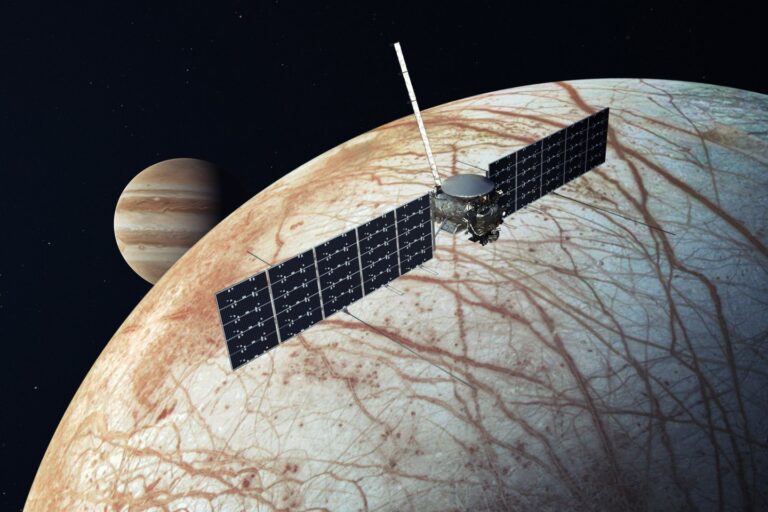What does the future of area exploration seem like? As we stand on the point of a new technology, this blog will unveil ten present-day improvements which are set to revolutionize our journey into the cosmos.
1. Small Satellites
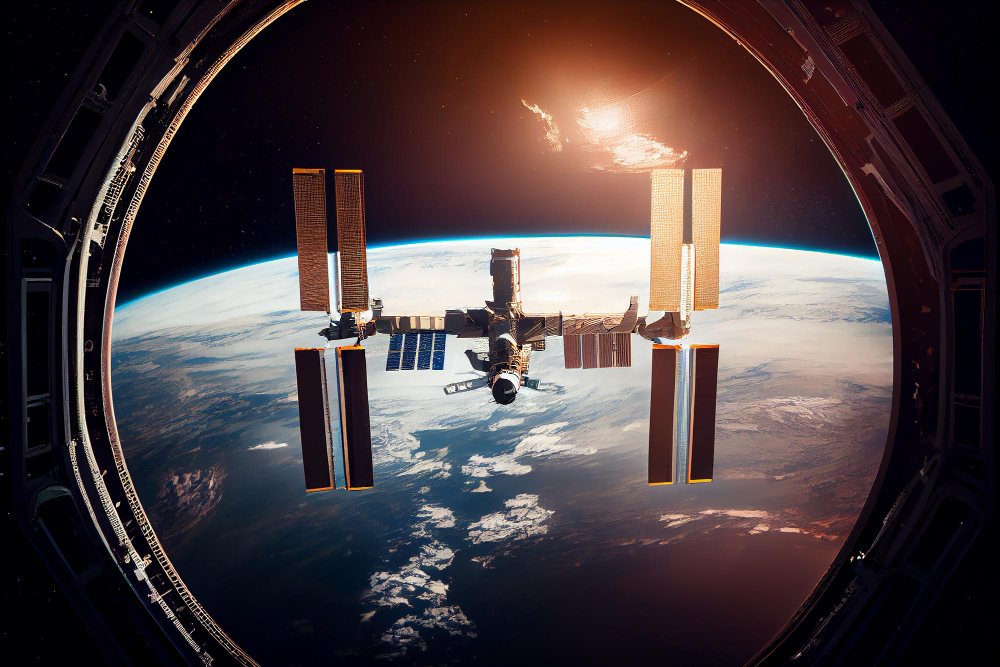
Small satellites, along with CubeSats and NanoSats, are remodeling space exploration by using substantially decreasing release prices. These compact satellites permit various missions, from Earth statement to deep area exploration, making space greater reachable than ever before. Their lightweight layout allows for rapid deployment and versatility in undertaking planning, paving the way for revolutionary research and industrial applications.
2. Advanced Space Manufacturing

The advent of advanced manufacturing techniques, consisting of 3D printing, is reshaping how we build items in space. This era permits the manufacturing of components on-call, lowering the need to release all materials from Earth. By making use of resources observed in space, consisting of lunar regolith, we can create structures and gear immediately on other celestial bodies, enhancing sustainability and performance in space missions.
3. Smart Propulsion Systems

Smart propulsion technology is critical for green area travel. Innovations along with electric-powered propulsion systems offer better efficiency in comparison to traditional chemical rockets, allowing spacecraft to tour longer distances with less gasoline. These structures are critical for deep space missions, together with capability manned missions to Mars and the past, as they allow for more extended exploration periods and extra payload capacities.
4. Space Traffic Management

As the range of satellites and area missions increases, coping with area visitors will become important. New technologies and structures are being developed to song and manage the developing number of items in orbit. This consists of collision avoidance structures and regulatory frameworks to ensure secure operations in space, thereby stopping accidents and ensuring the sustainability of space activities.
5. In-Situ Resource Utilization (ISRU)
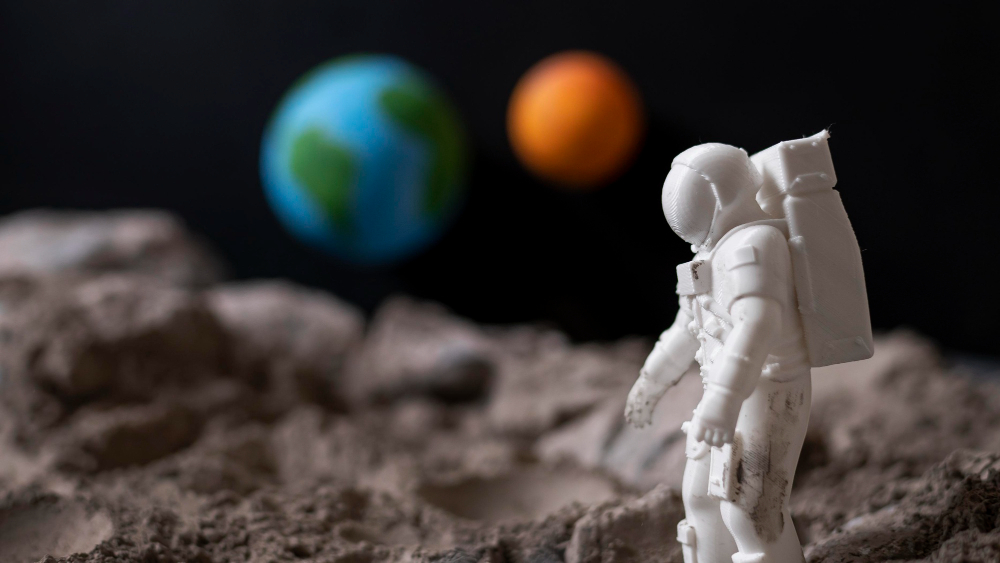
ISRU technology is crucial for destiny lunar and Martian bases. By extracting and using sources determined on other planets, including water ice, and minerals, we can help human existence and decrease the want to move elements from Earth. For example, technologies just like the Molten Regolith Electrolysis Reactor can convert lunar and Martian substances into oxygen and metals, facilitating sustainable human presence on those celestial bodies.
6. Advanced Communication Systems
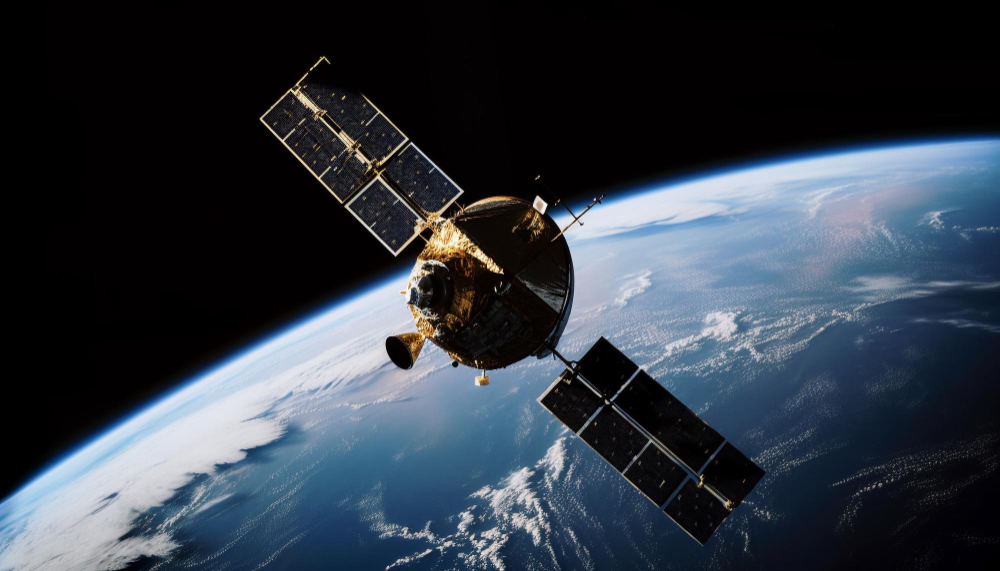
Next-era communication systems are crucial for keeping contact with spacecraft and astronauts. Innovations inclusive of laser verbal exchange technology offer faster information transmission rates than traditional radio frequencies. This development is crucial for deep area missions, in which large amounts of statistics need to be despatched again to Earth quickly and effectively[3].
7. Space Robotics

Robotic technology has become increasingly sophisticated, enabling more complicated obligations in the area. From self-reliant rovers on Mars to robot hands on the International Space Station, those improvements beautify our capability to explore and control environments beyond Earth. Robotics will play a pivotal position in future missions, together with the construction and upkeep of off-world habitats.
8. Space Mining
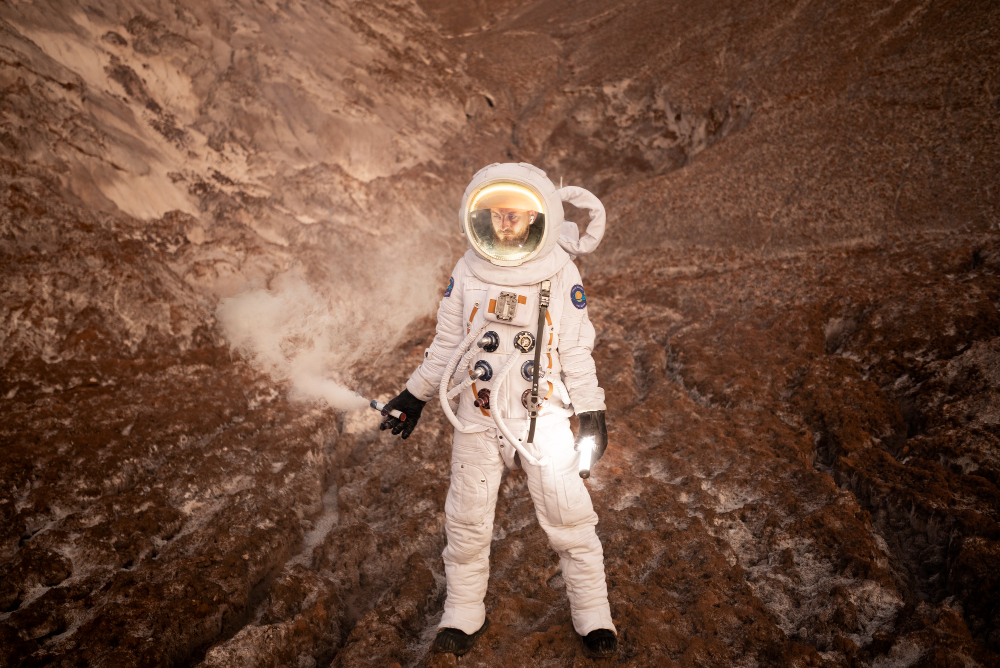
The capacity for area mining is good sized, with asteroids and other celestial bodies rich in treasured resources. Companies are growing technologies to extract metals and minerals from asteroids, that can revolutionize resource availability on Earth and help future space missions. This rising enterprise may want to significantly make a contribution to the economic system of area exploration and reduce reliance on terrestrial resources[3].
9. Lunar and Martian Bases
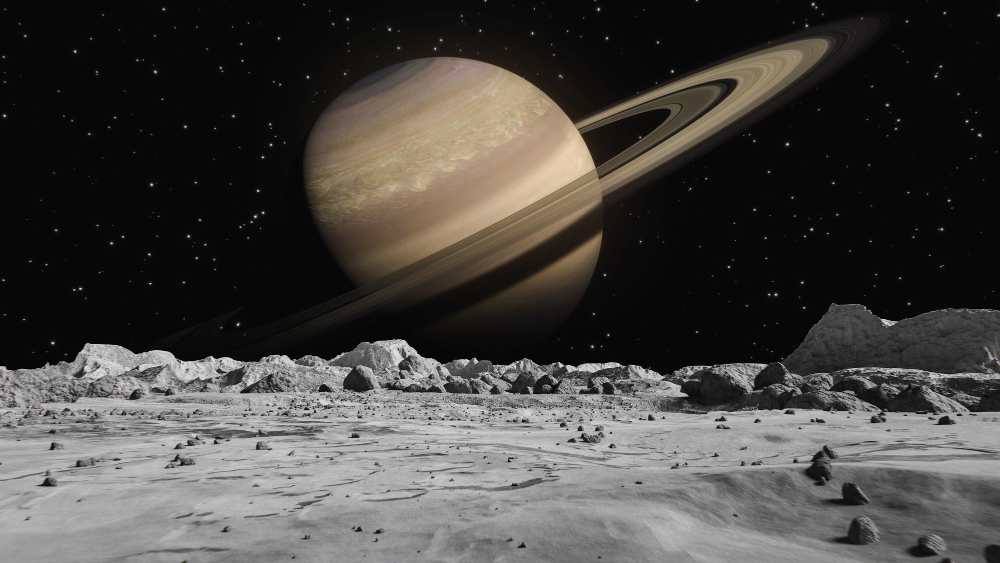
The established order of everlasting bases on the Moon and Mars is a key aim for future space exploration. These bases could function as study hubs and release factors for deeper area missions. Innovations in habitat creation, lifestyle assist systems, and energy era are crucial to help human existence in those harsh environments, making sustained exploration feasible.
10. Artificial Intelligence in Space

Artificial intelligence (AI) is about to play a transformative role in area exploration. From reading large amounts of information amassed with the aid of spacecraft to helping in navigation and selection-making, AI can beautify undertaking performance and protection. AI-pushed structures can also permit self-sustaining operations, lowering the want for regular human oversight and taking into consideration greater complicated missions.
In summary, the future of space exploration is vivid, driven by these ten present-day innovations. Each development no longer complements our abilities but also opens new avenues for discovery and expertise of the universe.
As we embark on this interesting adventure into the cosmos, it’s important to live informed about the trendy traits and developments shaping the gap industry.
Follow us on social media to live updated on the ultra-modern improvements and insights in area exploration!

